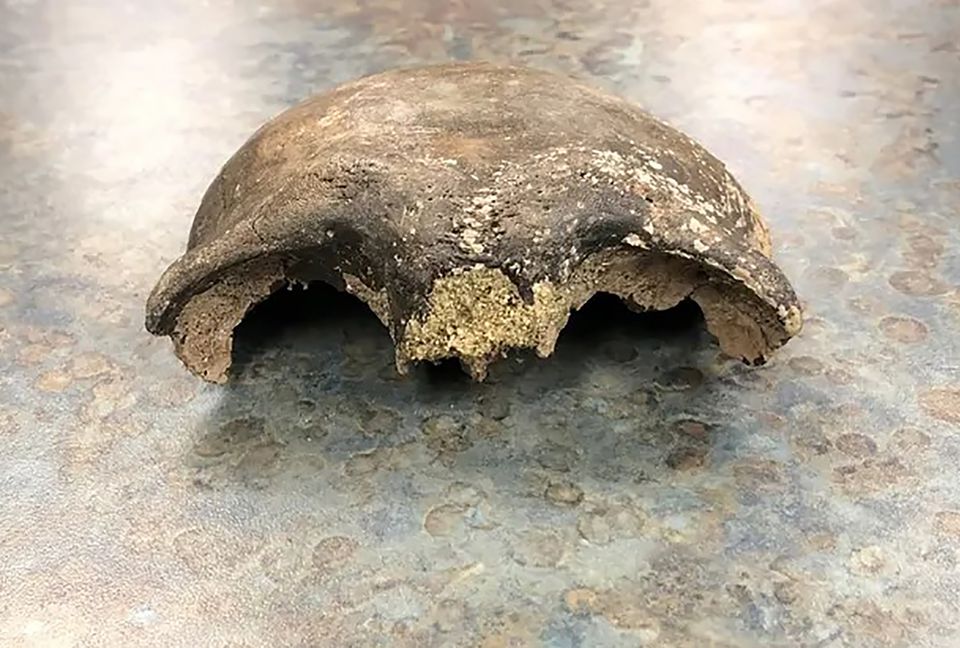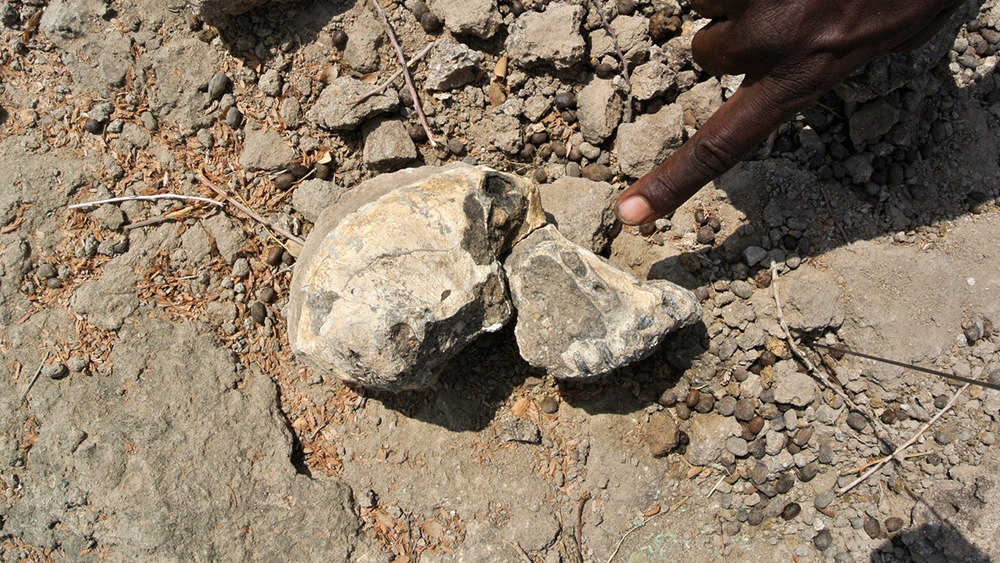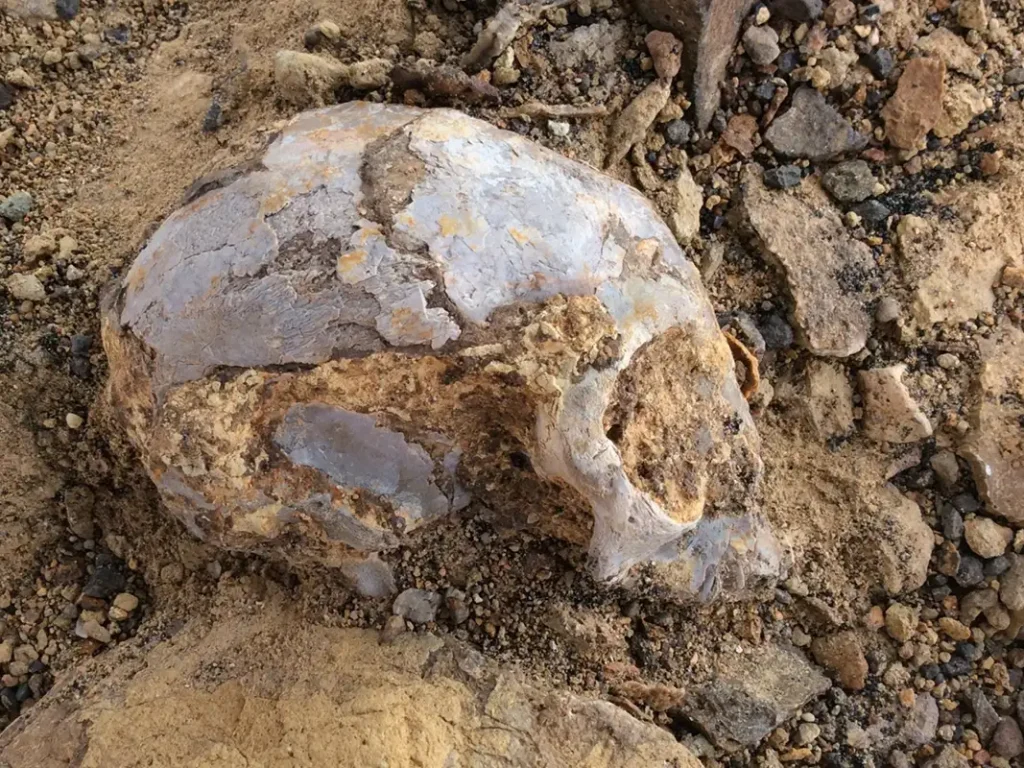Ancient Skull Discovery 8000 years Raises Cultural Sensitivity Concerns
In September of last year, two US kayakers made an extraordinary find—a human skull believed to be around 8,000 years old. The kayakers stumbled upon the skull while paddling in a river approximately 110 miles west of Minneapolis. Initially mistaking it for an unusual object, they soon realized its significance and contacted the Renville County Sheriff’s Office, reporting their discovery to Sheriff Scott Hable.
Sheriff Hable sent the skull to a medical examiner, who then forwarded it to a forensic anthropologist at the Federal Bureau of Investigation (FBI). Preliminary testing revealed that the bone belonged to a young man who lived between 5500 and 6000 BC, approximately 8,000 years ago.
According to a report from the Archaeology Laboratory at Augustana University in South Dakota, the man likely traversed parts of what is now Minnesota during the Archaic period in North America, between 8000 and 1000 BC. Dr. Kathleen Blue, an anthropology professor at Minnesota State University, suggested that the skull might have drifted in the river for thousands of years or been placed in a burial site near the water and carried away over time.
Dr. Blue further explained that the young man probably subsisted on a diet consisting of plants, deer, fish, turtles, and freshwater mussels in a localized area, rather than following migrating mammals and bison. The FBI anthropologist identified a severe head wound on the skull, indicating evidence of violent blunt force trauma. However, Dr. Blue noted signs of healing around the edges of the wound, suggesting that the blow did not cause the man’s death.
The ancient skull would have remained undiscovered if not for a severe drought that struck Minnesota in 2021. The State Department of Natural Resources explained that persistent moisture deficits combined with above-normal temperatures caused the worst drought in over 40 years. As a result, parts of the Minnesota River became exposed, leading to the kayakers spotting the skull. However, the focus quickly shifted from the skull to Sheriff Hable.
Caught up in the excitement of the discovery, Sheriff Hable posted photographs of the skull on Facebook. Shortly after, the Minnesota Indian Affairs Council contacted his office, expressing their offense at the photographs, which they found to be culturally insensitive to Native American culture.
Dylan Goetsch, a cultural resources specialist with the Minnesota Indian Affairs Council, criticized the sheriff’s office for its complete lack of cultural sensitivity in failing to acknowledge the individual as Native American. Goetsch was particularly upset because the police had not informed the council of the discovery before making it public.
In response to Goetsch’s protest, Sheriff Hable promptly took the post offline. Dr. Blue later confirmed that the skull “definitely” belonged to an ancestor of one of the Native American tribes in the area today. However, in defense of Sheriff Hable, Dr. Blue stressed that if he hadn’t suspected the skull to be from a murder victim, it would never have been analyzed by an FBI anthropologist. Now that its origins have been determined, the skull will be returned to the Native American tribes in the state.
Since 1990, federal law has systematized the repatriation or respectful return of confirmed Native American human remains. Additionally, funerary objects, sacred objects, and objects of cultural patrimony must always be treated with dignity and respect. Congress has also declared that artifacts and human remains removed from federal or tribal lands belong to the lineal descendants of Native Tribes.
Where Sheriff Hable went wrong was in thinking that Facebook was an appropriate platform to announce the discovery of the ancient skull, instead of informing the Minnesota Indian Affairs Council. Sheriff Hable unquestionably violated the federal law that mandates cultural
Hits: 3






